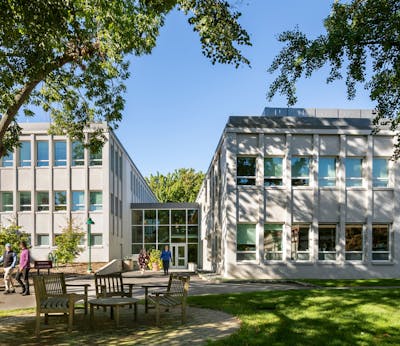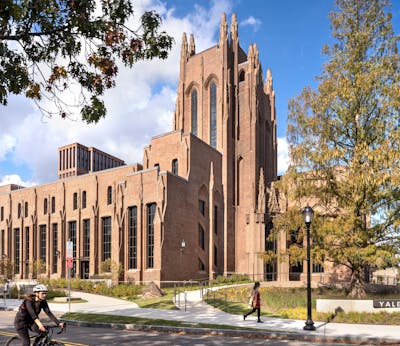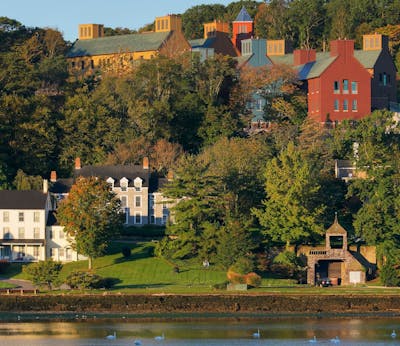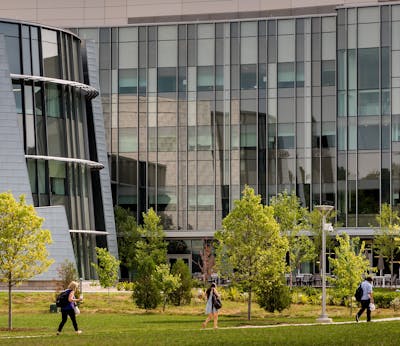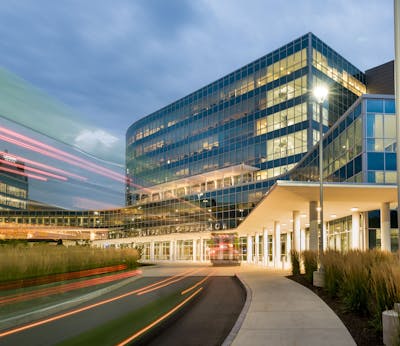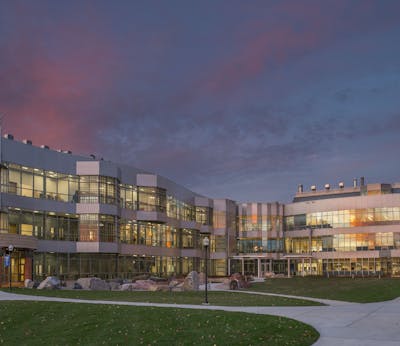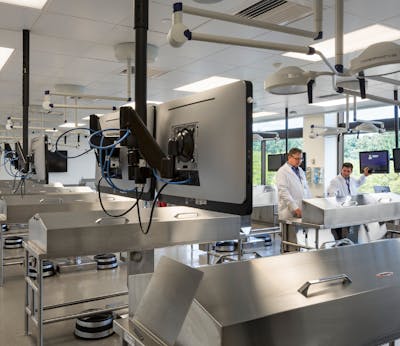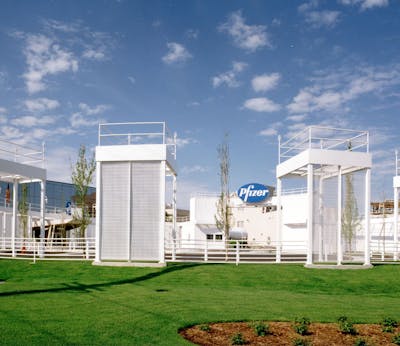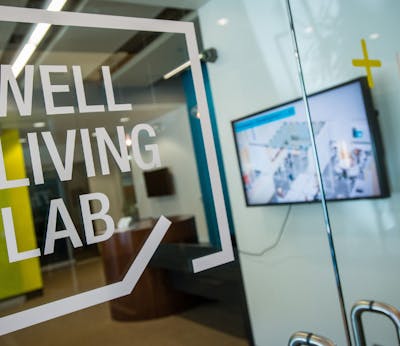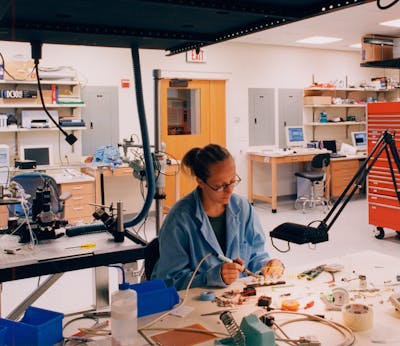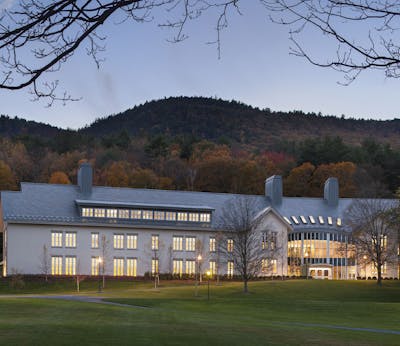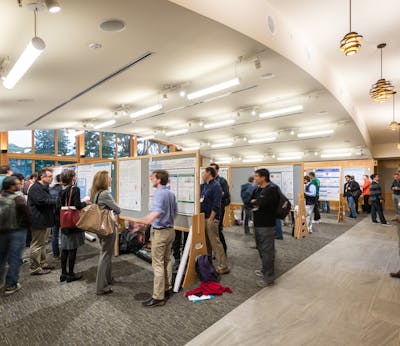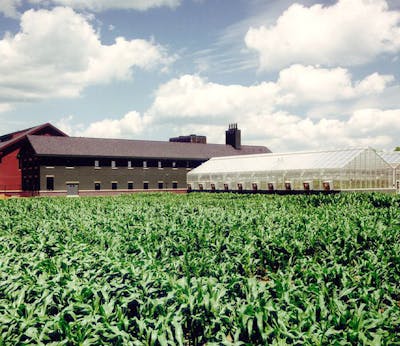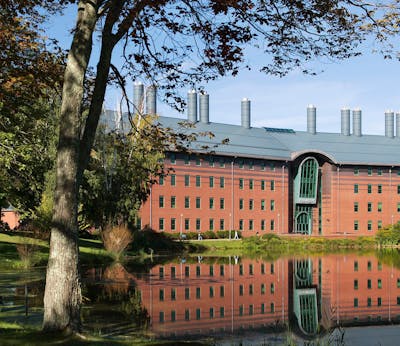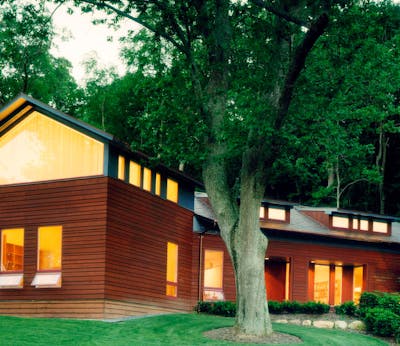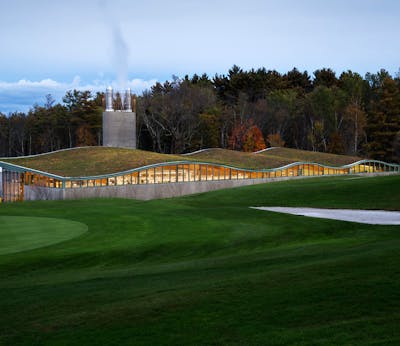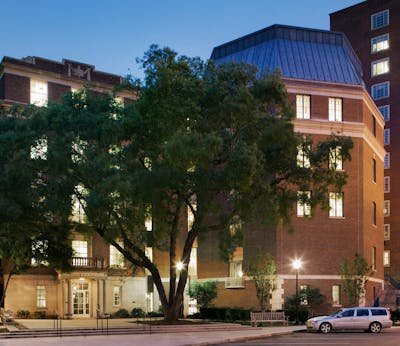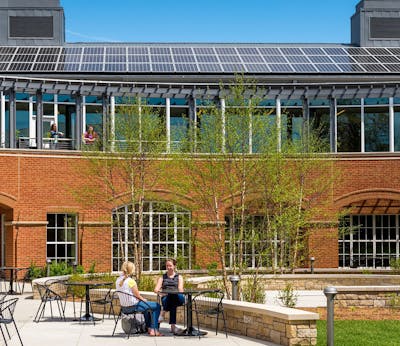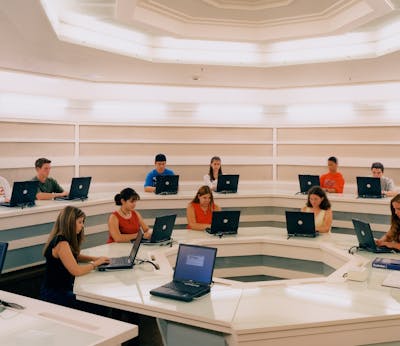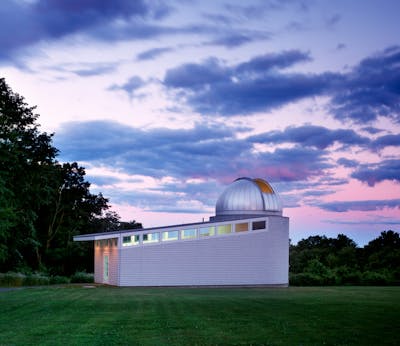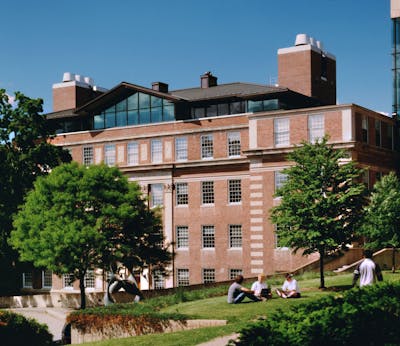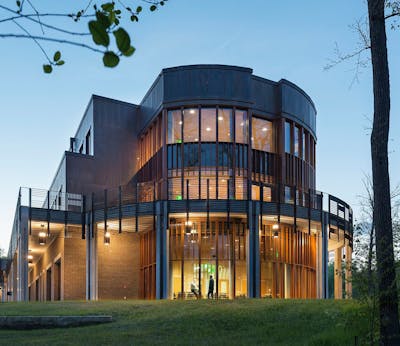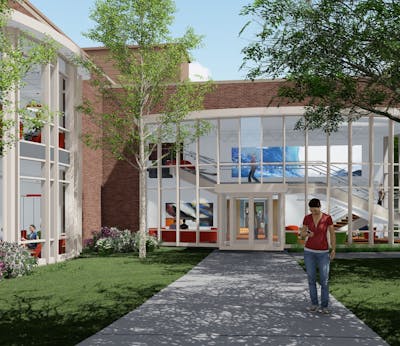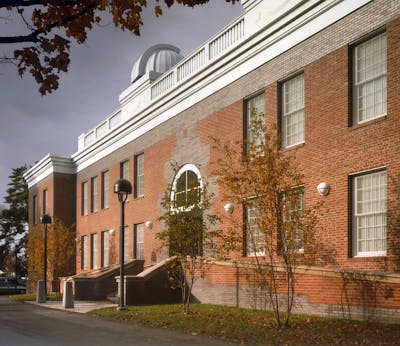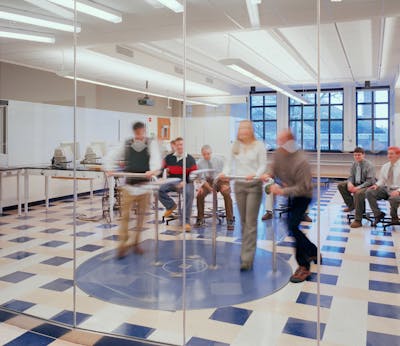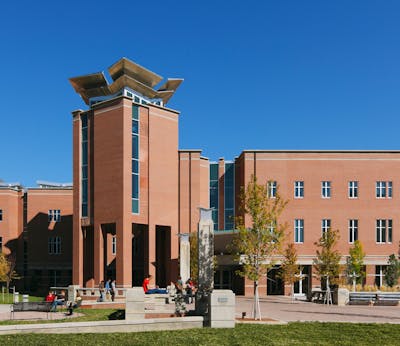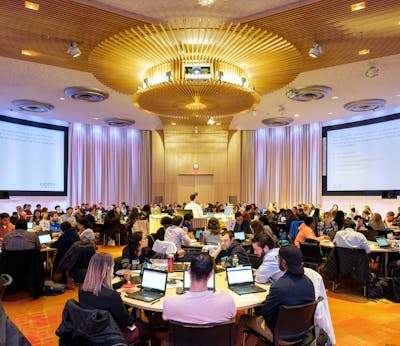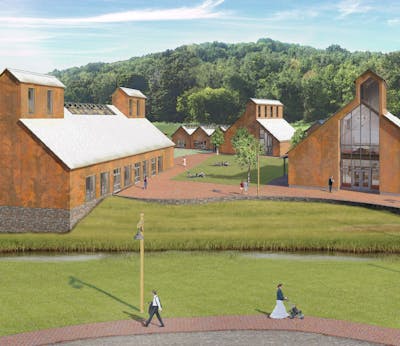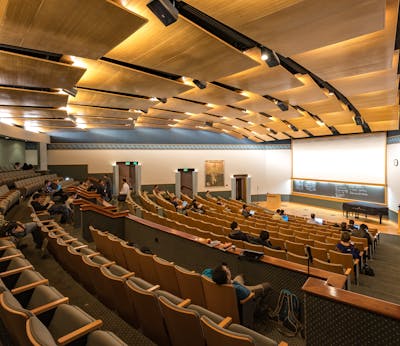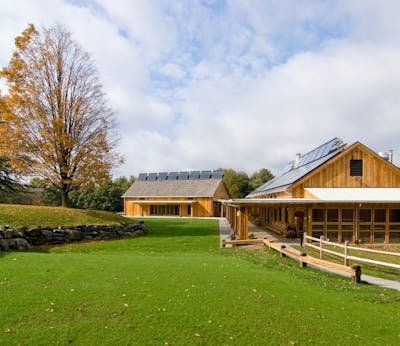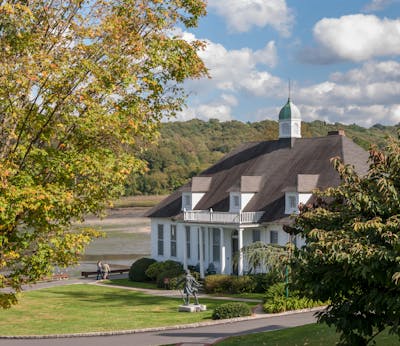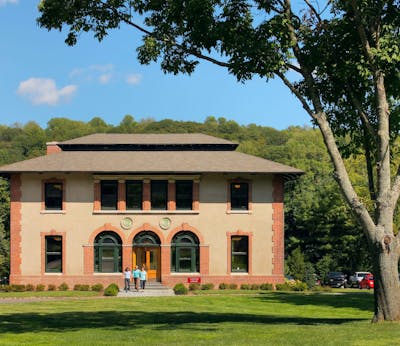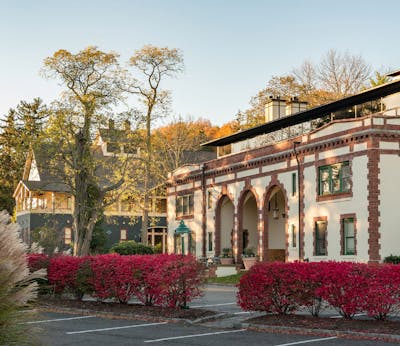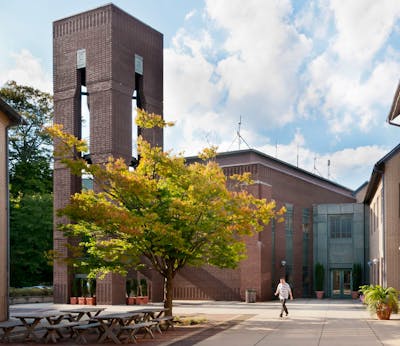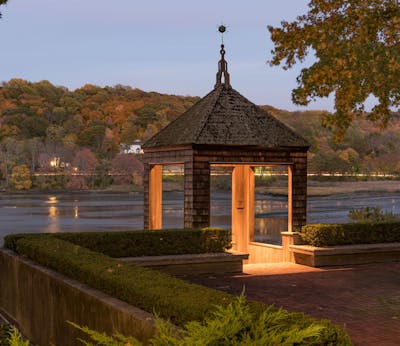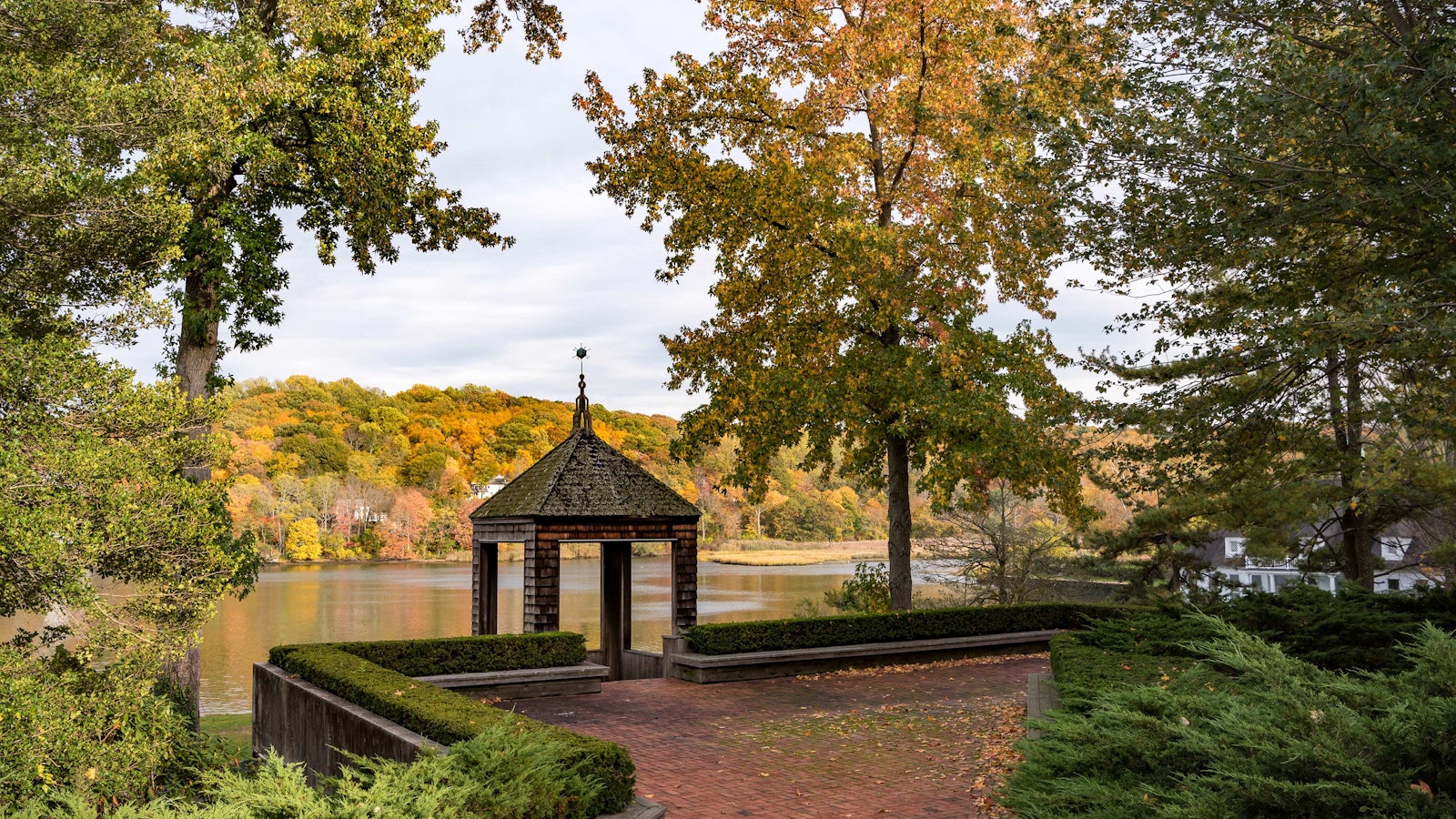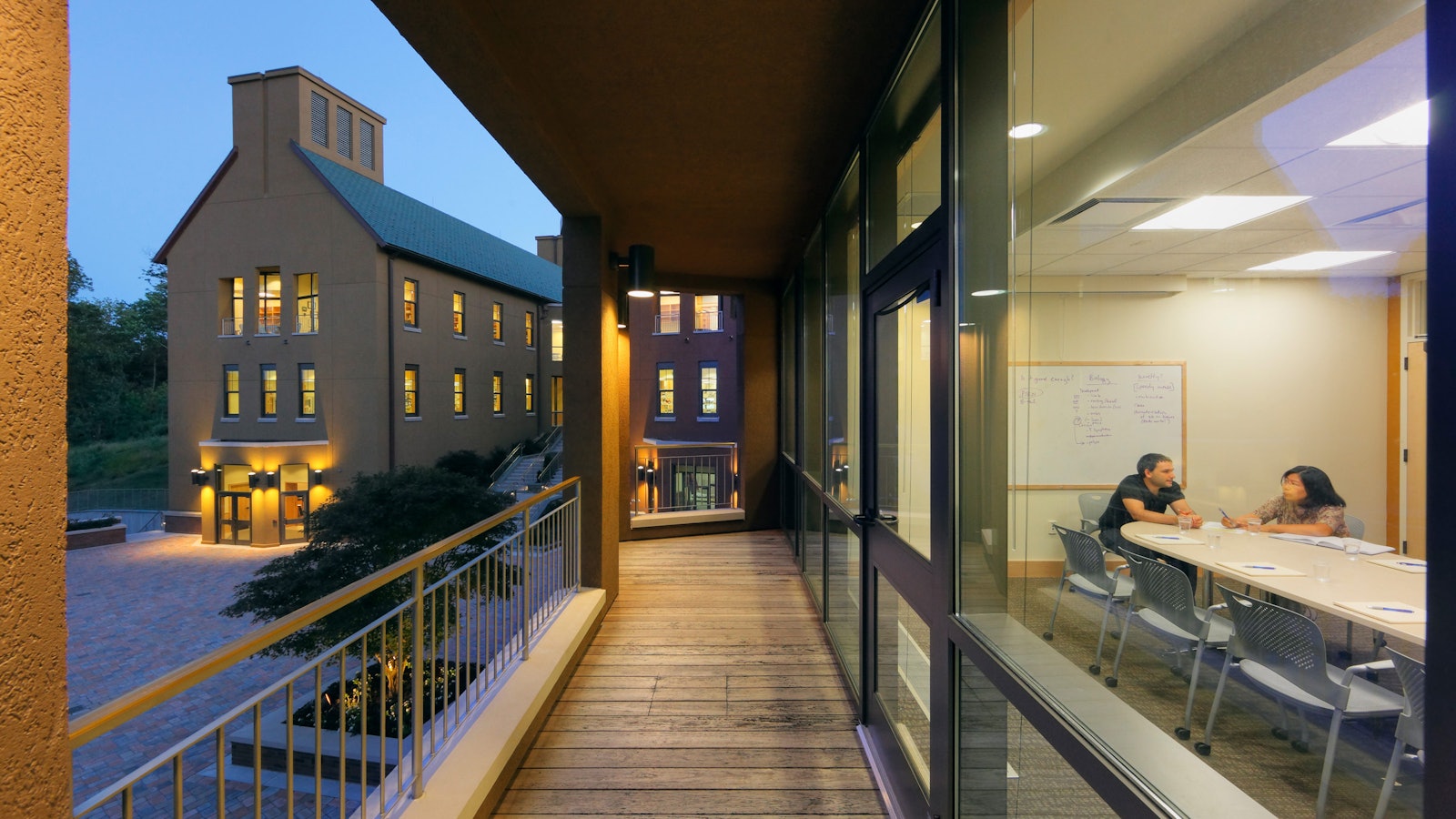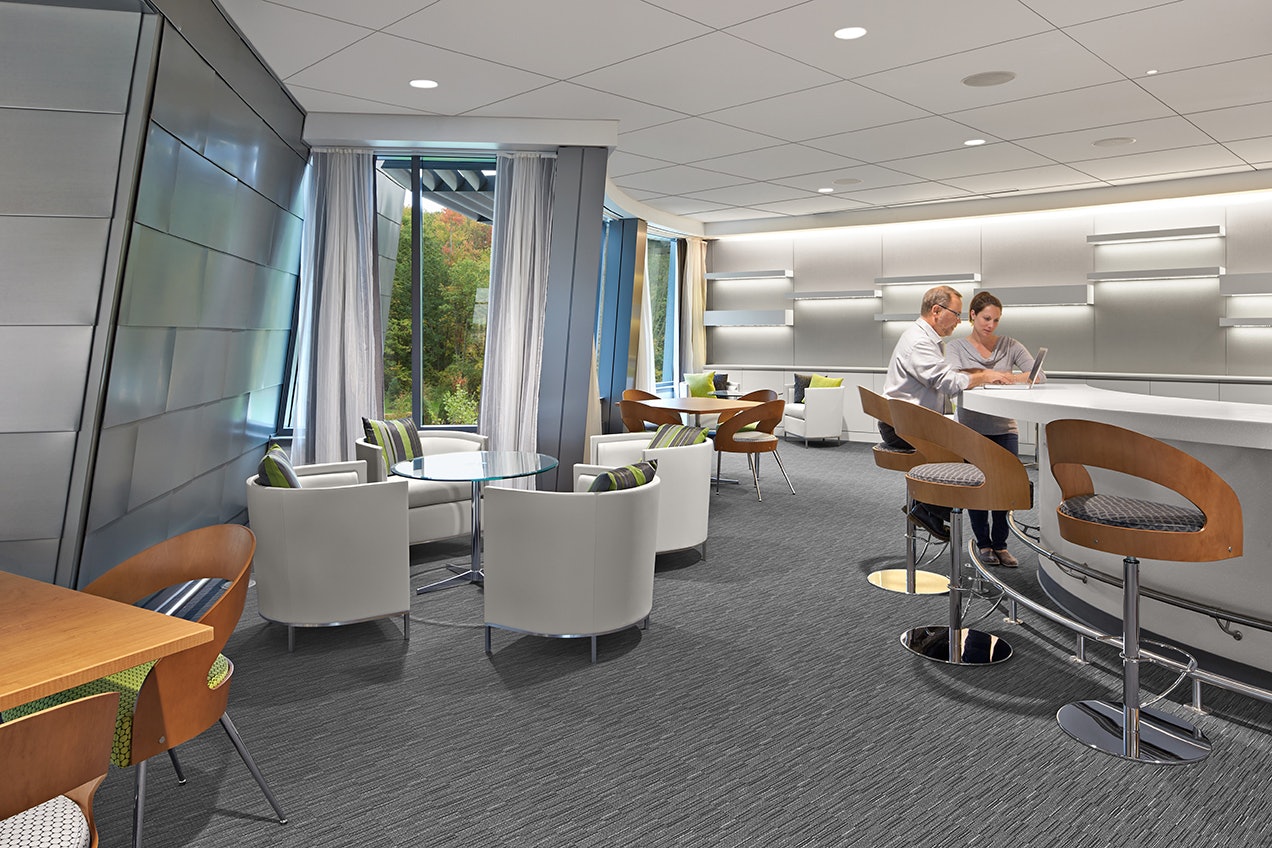Science
Science
Wonder at the miracle of the natural world underlies our facilities for science. We are as enthusiastic about making buildings that help middle schoolers understand photosynthesis as we are about building laboratories that help researchers solve the mystery of cancer. At every level of science, our mantra is interdisciplinary cross-pollination and innovation. Nowhere is this more evident than at Cold Spring Harbor Laboratory, where we’ve spent four decades creating a village for science.
science: Projects
Science: Topic
Four Decades at Cold Spring Harbor Laboratory
Our work in science traces back to 1973 when we started at Cold Spring Harbor Laboratory, a cancer research institution on Long Island’s north shore. There we found that advanced research benefits from being done in a bucolic, village-like setting. We melded our buildings into a waterfront hillside to reduce their apparent size and reinforce the feeling of a human-scaled environment. Our idea was to avoid trumpeting the research buildings, instead to nurture an environment of beauty and tranquility. We learned that the indoor and outdoor relaxation spaces that we created between and around our cutting edge labs would be where scientists would naturally unwind and exchange ideas. We eventually concluded that in-between spaces at Cold Spring Harbor Laboratory are as essential to the science as the labs, themselves.
Science: Topic
The Edge Effect
In nature, ‘the edge effect’ describes the coming together of 2 ecosystems, like the savanna and the rainforest. The overlap creates fertile ground leading to greater biodiversity and growth. We can apply this phenomenon to science spaces that bring different disciplines together and foster interaction between them. These interstitial spaces are breeding grounds for invention, creativity, and discovery. We’ve found that stitching neuroscience and molecular biology research laboratories together with a lace of social spaces generated informal interactions among researchers that lead to scientific breakthroughs. Similarly, we’ve seen that intentional co-mingling of math and science classrooms in a STEM building does wonders for interdisciplinary learning.

